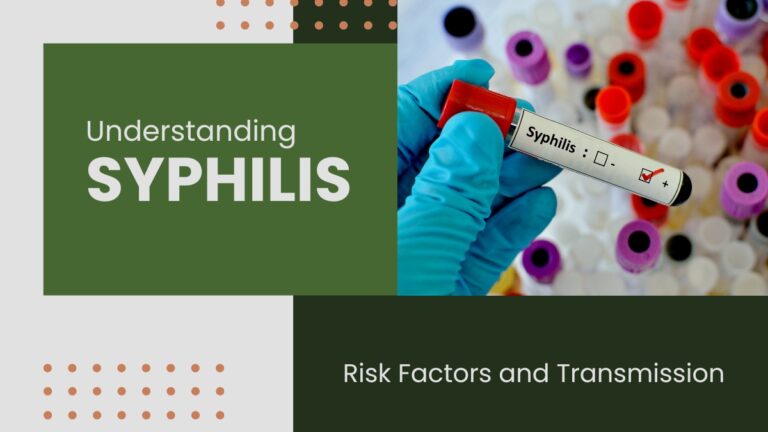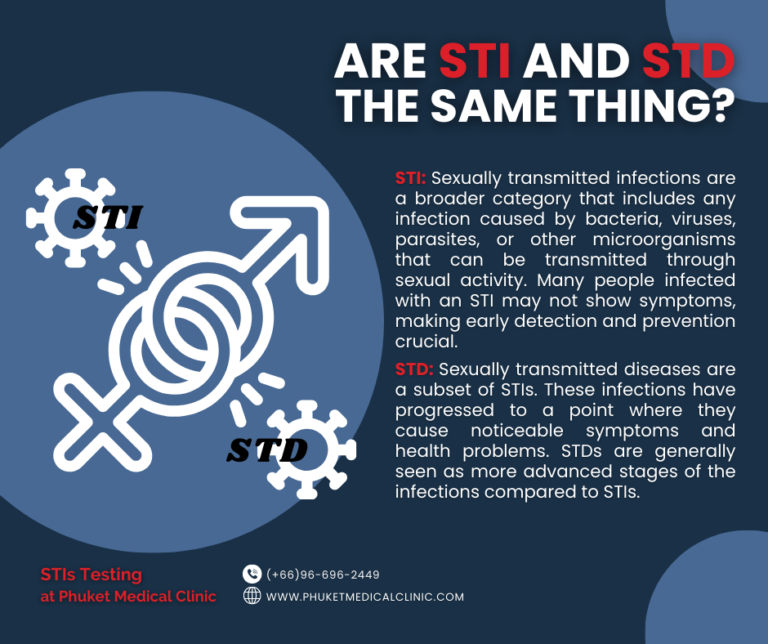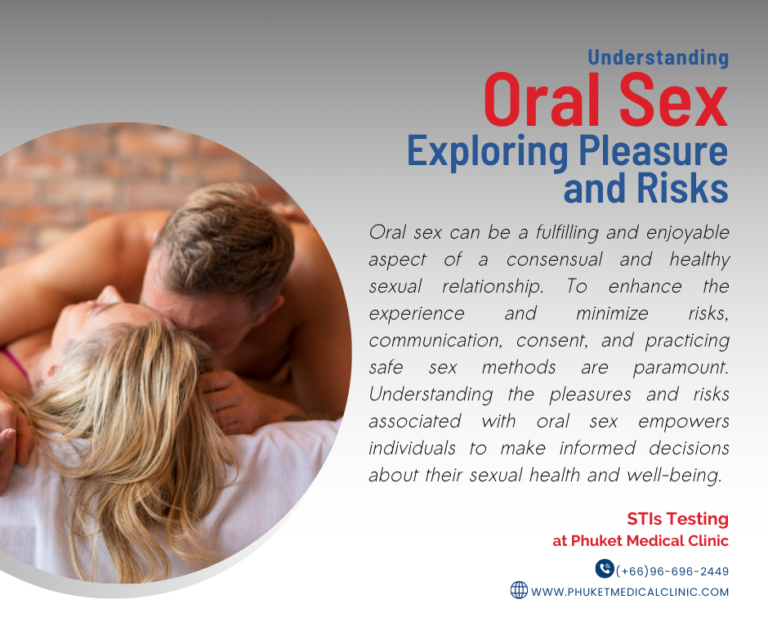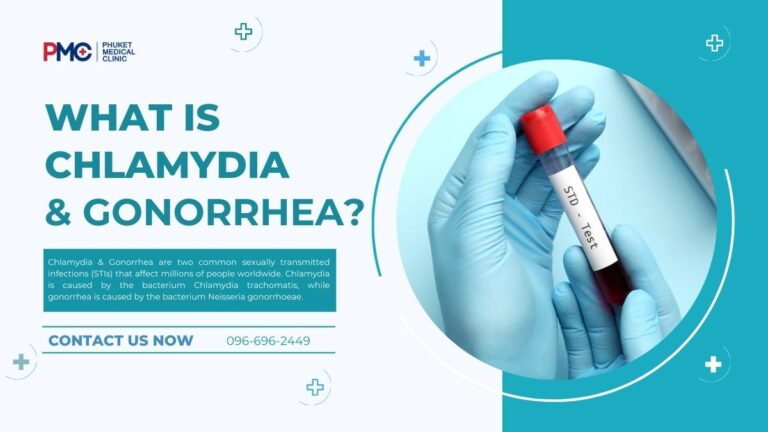Syphilis is a sexually transmitted infection (STI) caused by the bacterium Treponema pallidum. Early Testing for Syphilis and treatment of syphilis are crucial to prevent severe complications. This comprehensive guide aims to shed light on the process of diagnosing and testing for syphilis. By understanding the various stages of the disease and recognizing its symptoms, individuals can take proactive steps towards timely testing. The article will explore different diagnostic methods, including serological tests like VDRL and RPR, direct microscopic examination, and PCR tests. Additionally, it will discuss when to get tested, preparation Testing for Syphilis , interpreting test results, and the importance of partner notification and contact tracing. By providing this information, we hope to encourage individuals to seek proper medical evaluation and treatment for syphilis.
Understanding Testing for Syphilis
Syphilis is a sexually transmitted infection (STI) caused by the bacterium Treponema pallidum. It can also be transmitted from a pregnant woman to her fetus during pregnancy or childbirth. Syphilis has been a well-known disease for centuries and can cause serious health complications if left untreated.
Here are some key points to help you understand syphilis:
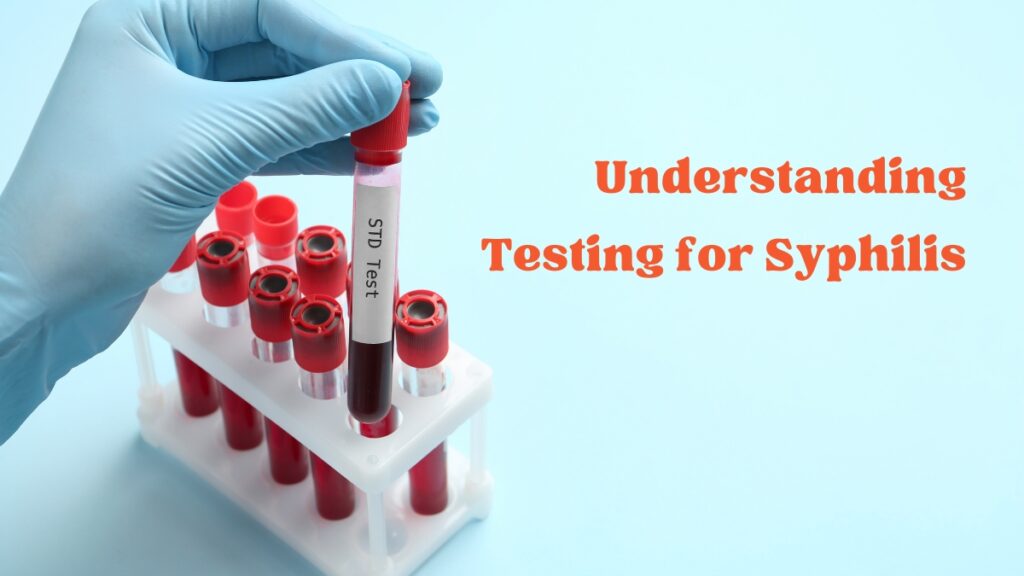
Stages of Syphilis
Syphilis progresses through several stages if left untreated. These stages are primary, secondary, latent, and tertiary. Each stage is characterized by different symptoms and levels of infectivity.
- Transmission: Syphilis is primarily transmitted through sexual contact, including vaginal, anal, and oral sex. It can be passed on through direct contact with syphilis sores or rashes, even if they are not visible. Syphilis can also be transmitted from a mother to her unborn child during pregnancy or delivery, leading to congenital syphilis.
- Diagnosis: Syphilis can be diagnosed through various methods, including a Testing for Syphilis to detect the presence of antibodies against the syphilis bacterium. Depending on the stage of infection, different tests may be performed to confirm the diagnosis.
- Treatment: Syphilis is treated with antibiotics, typically penicillin, which is highly effective. The type and duration of treatment depend on the stage of the infection. Early stages of syphilis can be cured with a single injection of penicillin, while late-stage or tertiary syphilis may require a more extended course of treatment.
- Prevention: Practicing safe sex by using condoms consistently and correctly can reduce the risk of syphilis transmission. Regular testing for STIs is also essential, especially if you have multiple sexual partners or engage in high-risk behaviors. Pregnant women should receive prenatal care, including screening for syphilis, to prevent congenital syphilis.
When to Get Testing for Syphilis ?
It is recommended to get tested for syphilis under the following circumstances:
- Routine Sexual Health Check-up: If you are sexually active and engage in unprotected sex or have multiple sexual partners, it’s advisable to include syphilis testing as part of your routine sexual health check-ups. Regular testing at Phuket Medical Clinic can help detect any infections early on and prevent complications.
- Symptoms or Signs of disease: If you experience any symptoms or signs that could be associated with disease, such as the appearance of a painless sore (chancre), a rash, flu-like symptoms, swollen lymph nodes, or any other unexplained symptoms, it is important to get tested for disease. Remember that symptoms may not always be present or noticeable, especially in the early stages of infection.
Testing for Syphilis as soon as possible.
- Known Exposure: If you know or suspect that you have been exposed to disease through sexual contact with an infected partner, it is crucial to get tested. Testing should be done as soon as possible after the potential exposure, but it’s important to note that disease can take time to show up in test results. Testing may need to be repeated if the initial test is negative but there is a high risk of exposure.
- Routine Prenatal Care: Pregnant women should undergo disease testing as part of their routine prenatal care. This is important to identify and treat disease early, as it can be transmitted to the fetus during pregnancy or childbirth, leading to congenital disease. Early detection and treatment can significantly reduce the risk of complications in both the mother and the baby.
- Partner’s Diagnosis: If your sexual partner has been diagnosed with disease or any other sexually transmitted infection (STI), it is advisable to get tested for disease and other relevant STIs. Prompt testing and treatment can help prevent further transmission and protect your health.
Testing Methods Explained
Syphilis can be detected through various testing methods. Here are the commonly used methods for disease testing:
Testing for Syphilis Blood Tests
- Non-Treponemal Tests: These tests are the initial screening tests for syphilis. They detect antibodies that the body produces in response to the infection. Non-treponemal tests include the Venereal Disease Research Laboratory (VDRL) test and the Rapid Plasma Reagin (RPR) test. If the results are positive, further confirmatory testing is needed.
- Treponemal Tests: These tests specifically detect antibodies against the disease bacterium, Treponema pallidum. Examples of treponemal tests include the Fluorescent Treponemal Antibody Absorption (FTA-ABS) test and the Treponema pallidum Particle Agglutination (TP-PA) assay. Treponemal tests are more specific but may remain positive for life even after successful treatment. They are used to confirm a disease infection after a positive non-treponemal test.
Point-of-Care Testing for Syphilis
- Rapid Syphilis Tests: These are rapid diagnostic tests that provide quick results within minutes. They typically use a blood sample or a swab from a sore or rash. Rapid tests may use non-treponemal or treponemal antigens to detect antibodies. Positive results should be followed up with further testing for confirmation.
Cerebrospinal Fluid (CSF) Analysis
If disease is suspected to have affected the central nervous system (neurosyphilis), a lumbar puncture (spinal tap) may be performed to collect a sample of cerebrospinal fluid. This fluid is then tested for the presence of syphilis antibodies and other indicators of neurosyphilis.
Syphilis Testing Techniques Explored
It’s important to note that the choice of testing method may vary depending on factors such as the stage of disease, the purpose of testing, and the available resources. Your healthcare provider will determine the appropriate testing approach based on your specific situation.
It’s worth mentioning that false-positive and false-negative results can occur in syphilis testing. False-positive results indicate a positive test despite the absence of infection, while false-negative results indicate a negative test despite the presence of infection. Confirmatory testing and consideration of clinical symptoms and risk factors are essential to accurately diagnose disease.
If you suspect you have been exposed to disease or if you have any concerns, it’s recommended to consult a healthcare professional or visit a sexual health clinic. They can guide you through the testing process, interpret the results, and provide appropriate treatment and care if needed.

Diagnosing and testing for syphilis is crucial in order to detect and treat this sexually transmitted infection (STI) effectively. Various methods are employed for accurate diagnosis. The initial step usually involves a blood test, such as the enzyme immunoassay (EIA) or the rapid plasma reagin (RPR) test, to detect specific antibodies produced in response to the Treponema pallidum bacteria, which causes disease. If the results are positive, further confirmatory tests, such as the fluorescent treponemal antibody absorption (FTA-ABS) or the Treponema pallidum particle agglutination (TPPA) test, are performed. In some cases, cerebrospinal fluid examination may be required to assess central nervous system involvement. Early detection and treatment of disease are crucial to prevent complications and transmission to others. Regular testing is recommended, especially for individuals engaging in high-risk behaviors.


